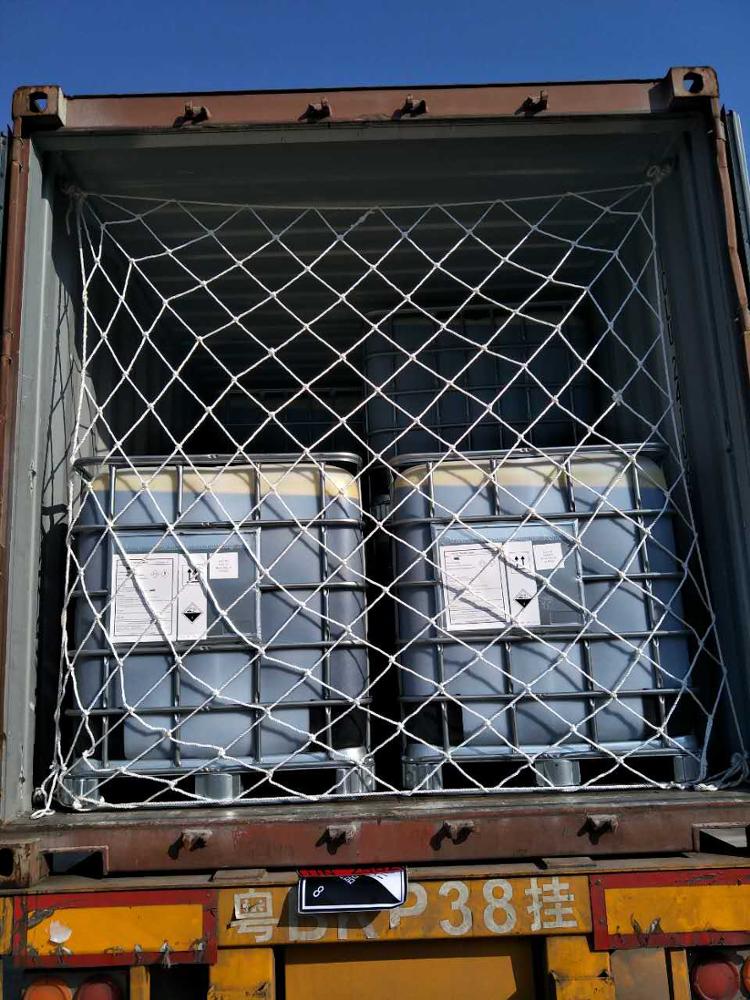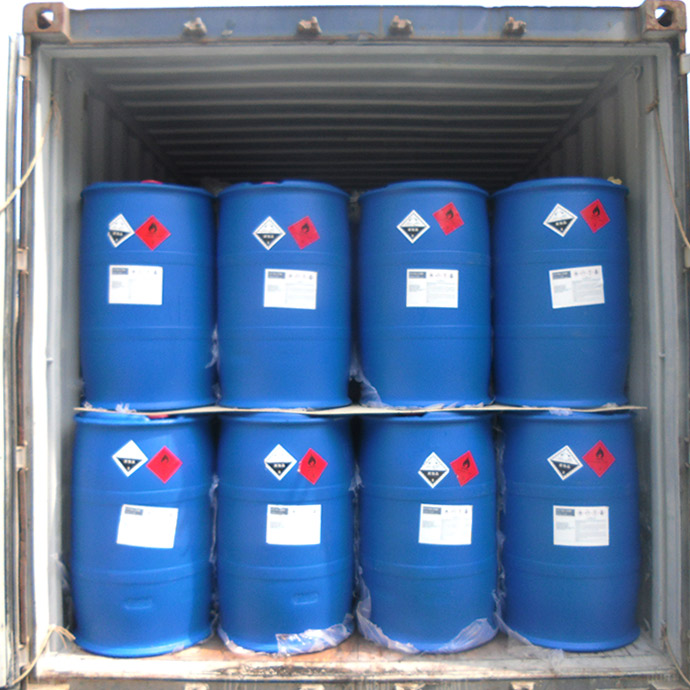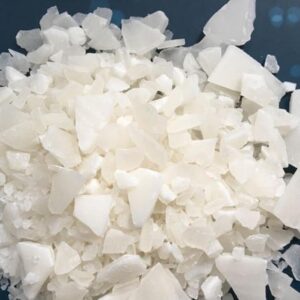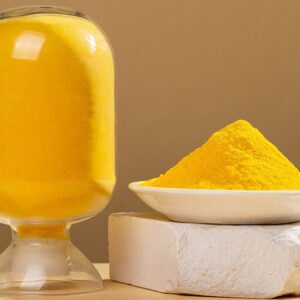Description
What is Ferric Chloride 40%?
Ferric Chloride (FeCl₃) in its 40% liquid form is a dark brown, acidic solution with excellent coagulation properties. It is manufactured by reacting chlorine with scrap iron or iron oxide, then dissolving the resulting ferric chloride in water to reach the desired concentration.
This pre-dissolved form is easy to dose into water treatment systems, making it ideal for large-scale operations that require efficiency and precise control. Its acidic nature allows it to perform well in a wide pH range and helps in reducing biological oxygen demand (BOD) and chemical oxygen demand (COD) in wastewater.
Technical Specifications
-
Chemical Name: Ferric Chloride
-
Chemical Formula: FeCl₃
-
Concentration: 40% (w/w)
-
Appearance: Dark brown liquid
-
Density: ~1.40–1.48 g/cm³ at 25°C
-
pH: <2.0 (highly acidic)
-
Solubility: Fully soluble in water
-
Iron (Fe³⁺) Content: Approximately 13–14%
-
Packaging: Supplied in IBC tanks, tankers, or HDPE drums
-
Shelf Life: 6–12 months under proper storage conditions
Key Applications
1. Municipal Water Treatment
Ferric Chloride 40% is used in drinking water treatment plants to remove suspended particles and reduce turbidity. It also aids in pathogen reduction and removal of color and organic compounds.
2. Industrial Wastewater Treatment
Industries such as textiles, petrochemicals, and food processing use ferric chloride to treat complex effluents by removing heavy metals, fats, oils, and other pollutants.
3. Sludge Conditioning
Ferric chloride improves sludge dewatering and reduces volume, leading to more efficient disposal and cost savings in wastewater treatment facilities.
Benefits of Ferric Chloride 40%
-
Ready-to-use liquid form simplifies handling and dosing
-
High coagulation efficiency across a wide pH range
-
Cost-effective with low dosage requirements
-
Reduces odor and phosphorus levels in wastewater
-
Helps control algae growth in surface waters
Safety and Handling
Due to its corrosive and acidic nature, Ferric Chloride 40% must be handled with care. Always wear protective gloves, goggles, and chemical-resistant clothing. Store in corrosion-resistant containers away from alkalis and moisture. Follow all local environmental and safety regulations, and refer to the product’s Safety Data Sheet (SDS) for complete handling instructions.
Conclusion
Ferric Chloride 40% is a high-performance liquid coagulant trusted by municipalities and industries for its reliability, efficiency, and ease of use. Whether treating drinking water, industrial effluent, or sludge, this powerful solution delivers exceptional results with minimal environmental impact. Its combination of effectiveness and convenience makes it a smart choice for any modern water treatment system.









